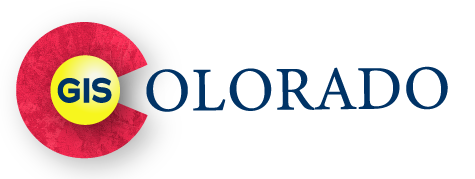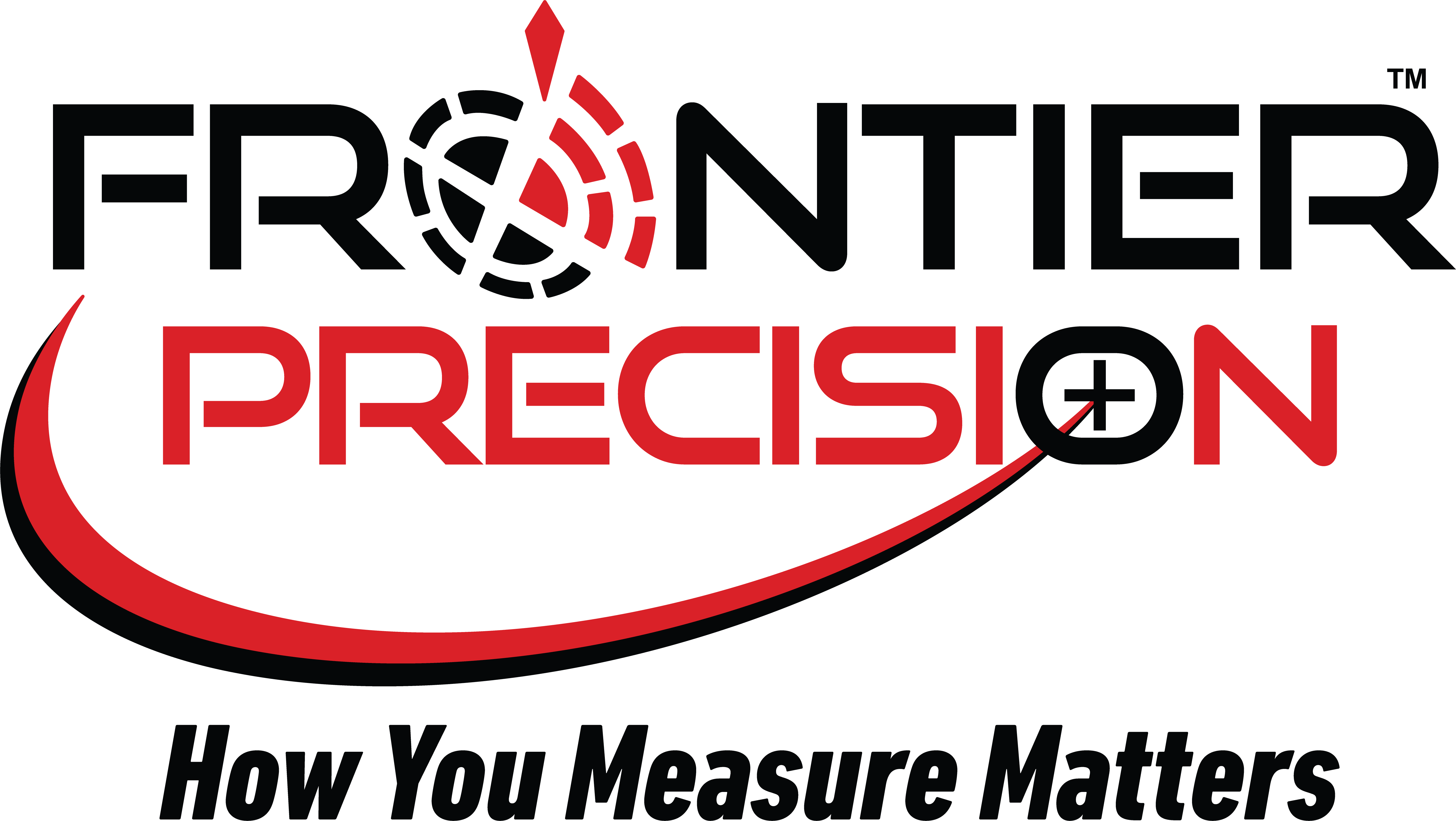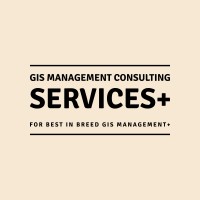Congratulations to the Winners!
The GIS Colorado Scholarship Committee has finished its evaluation of the 2024 scholarship applications and is pleased to announce that we selected 4 scholarship recipients! There were many impressive projects submitted.
Scholarship Overview
In 2024 GIS Colorado was pleased to announce four scholarships available to students exhibiting academic excellence in the following geospatial technologies fields: Geographic Information Systems (GIS), Remote Sensing, Global Positioning Systems (GPS), or related disciplines. Scholarships support education and research for undergraduate and graduate students enrolled in accredited 2-year or 4-year Colorado colleges or universities.
In addition to the monetary award, all winners received a one year membership to GIS Colorado. Scholarship recipients who chose to present wining projects at GIS in the Rockies (as a poster or presentation) received conference registration fee paid for by GIS Colorado.
Eligibility
Undergraduate scholarships are awarded to students who demonstrate excellence in the application of geospatial tools, and are intended to support student learning and experience with geospatial technologies and tools. Graduate awards are designed to support application of GIS knowledge and expertise to independent and original research. Undergraduate or graduate level status will be based on the student’s highest level of completed education. The final decision of this status is up to the Scholarship Committee and the Board of GIS Colorado.
Students must be attending an accredited 2-year or 4-year college/university, or graduate school, located in Colorado, either as a resident or as an online student. To receive scholarship funds, winners must be confirmed as full-time or part-time enrolled students during the fall semester.
Tess Carson
Tess is an undergraduate student seeking a B.S. in GIS with minors in Computer Science and Indigenous Studies at the University of Denver. Tess plans to continue this research create more accurate predictive Tamarix distribution models over a larger geographic scale. This map aims to catch the eye of river enthusiasts like myself and spread awareness about the large-scale invasive species invasion across the western United States. By visually representing the extent of invasive species with the use of ArcGIS and public data models from USU, Utah Forestry and Esri the graphic is intended for an audience that includes conservationists, ecologists, and the general public who have an interest in preserving riparian ecosystems.
Brett Noeske
Brett Noeske is attending Front Range Community College pursuing an associate degree in wildlife technology and a certificate in GIS. This project looks at the avian conservation issue of bird collisions and where there may be an increased risk of collisions based on certain criteria. It is intended to help spotlight areas where collisions may occur to help with mitigation efforts to reduce bird collisions.
Josh Carrell
This project aims to use spatial data on forest biotic disturbances, forest types, and climate patterns (precipitation, temperature, etc.) to investigate spatiotemporal forest recovery in the Southern Rockies ecoregion. The primary research question is: “How do spatially overlapping biotic disturbances affect subsequent forest recovery?” Josh utilized geoprocessing tools from the spatial statistics toolbox in ESRI ArcGIS Pro (e.g., Hot-spot analysis, Geographically Weighted Regression) to identify patterns and spatial relationships among co-occurring insect and disease outbreaks and environmental variables (i.e., Elevation, Aspect, Slope) across the Southern Rockies to answer this question.
Sabrina Gobran
This project aims to use remotely sensed data and active tick surveillance to explore how wildfire disturbance impacts tick populations. To explore these relationships, the differenced Normalized Burn Ratio (dNBR) and spatial distribution and abundance of tick populations were mapped for Larimer and Boulder counties. Landsat 8 OLI/TIRS sensor images obtained from Google Earth Engine were used to assess the Normalized Burn Ratio (NBR) following the Cameron Peak fire.











